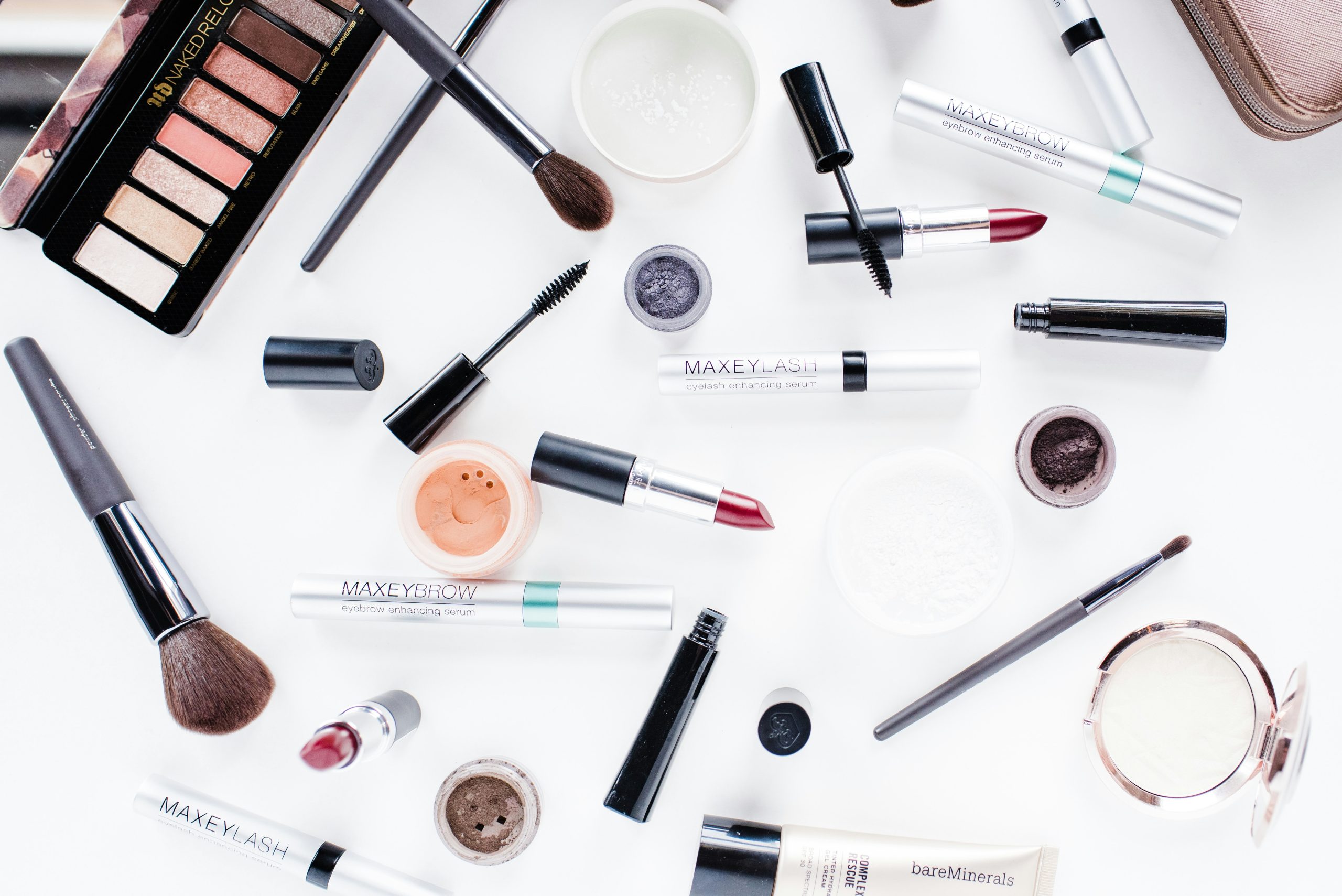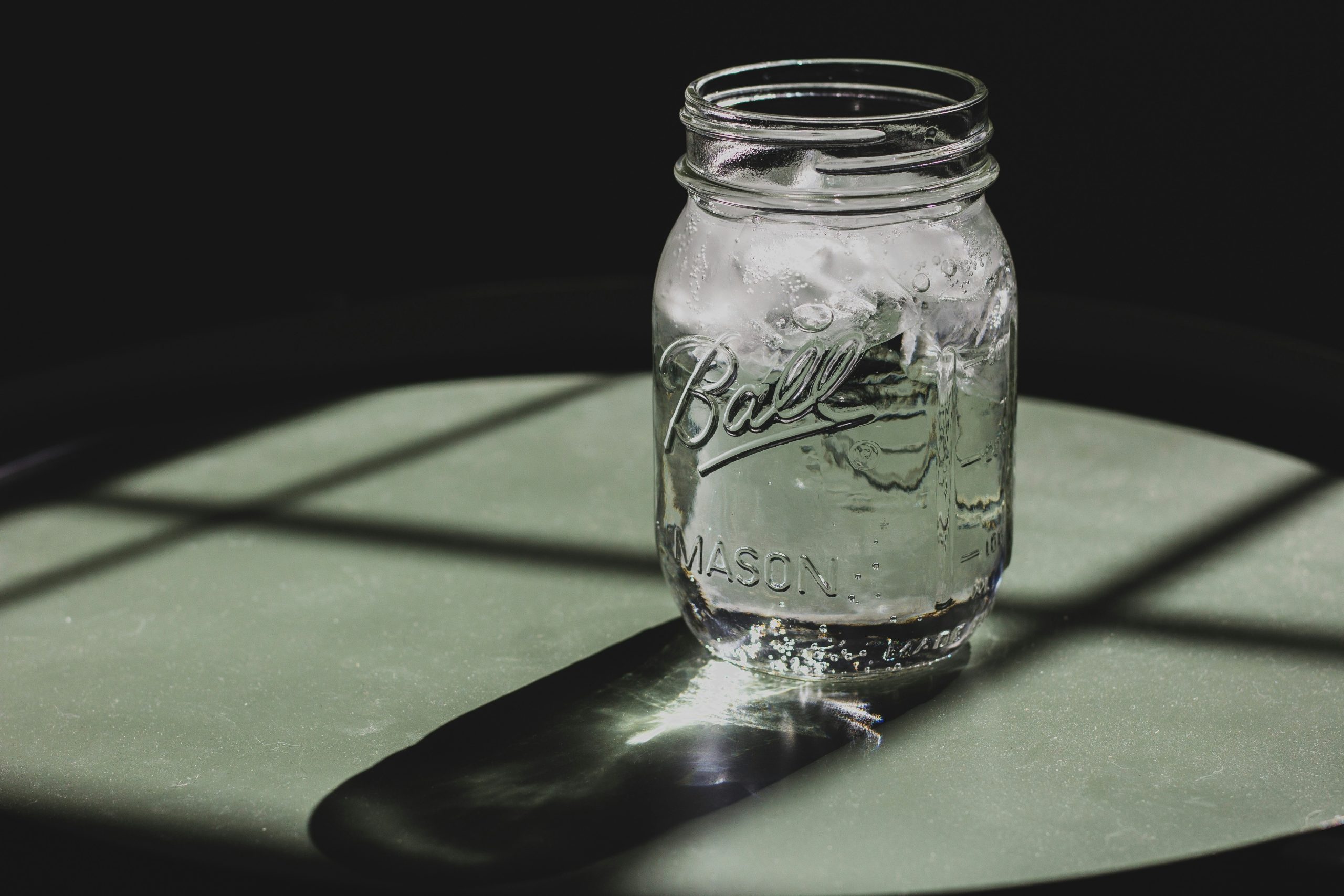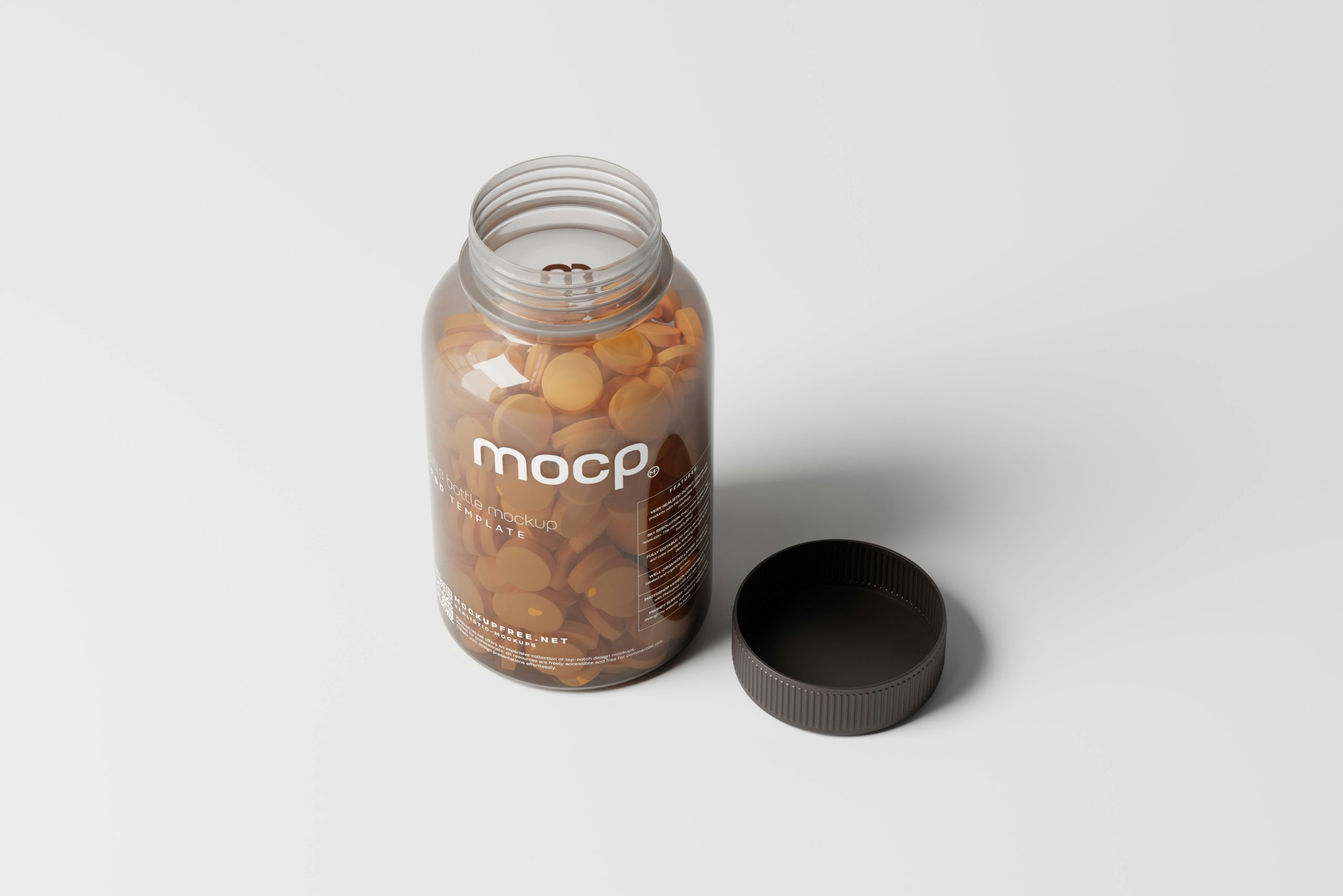Ever picked up a “natural” foundation, only to later discover it’s packed with synthetic fillers? Yeah, same. It’s infuriating, and frankly, it feels like makeup brands are speaking in cryptic codes when their ingredients list is longer than your grocery list.
The secret to avoiding this frustration lies in one simple concept: transparent labels. Not just clear packaging—real honesty about what’s inside. So buckle up, because today we’re decoding the power of transparent labels and how they transform your natural makeup game. You’ll learn:
- What makes transparent labeling essential for conscious beauty lovers.
- A step-by-step guide to navigating ingredient lists.
- Tips for spotting sneaky greenwashing tactics.
- Real-life brand examples that nail transparency (and some fails).
Quick Jump Links:
- Key Takeaways
- The Problem With Beauty Labels Today
- How to Decode Transparent Labels Like a Pro
- Best Practices for Choosing Natural Makeup
- Brands That Do Transparency Right (And Wrong)
- Frequently Asked Questions About Transparent Labels
🔑 Key Takeaways
- Transparent labels empower you to make informed decisions about the products you apply daily.
- Look beyond buzzwords like “clean” or “green”—dig into actual ingredient lists and certifications.
- Support brands prioritizing clarity over clever marketing jargon.
- Natural doesn’t always mean safe; understanding label details helps you avoid hidden irritants.
The Problem With Beauty Labels Today: Greenwashed Galore 😩
I once spent $45 on a blush that claimed to be “100% plant-based.” Spoiler alert: It wasn’t. After digging into its fine print, I found parabens listed under ten different aliases. Not chef’s kiss at all.
Here’s the issue—beauty companies have mastered the art of “greenwashing,” where they cloak toxic or synthetic components behind vague terms like “natural-inspired” or “botanical blend.” This leaves us clueless and broke AF.

To combat this chaos, transparent labels are rising as a non-negotiable factor when shopping for authentic natural makeup. They cut through the fluff and give consumers exactly what they need: truth.
How to Decode Transparent Labels Like a Pro 🔍
You don’t need a PhD in cosmetic chemistry to interpret beauty product labels if you know where to look. Follow these steps:
Step 1: Scan for Certifications
Look for third-party seals like USDA Organic, Leaping Bunny, or COSMOS. These badges act as external validation that the product lives up to its promises.
Step 2: Check Ingredient Order
In most countries, ingredients must be listed from highest concentration to lowest. If water (aqua) is first but something “organic” is last, guess which one dominates?
Step 3: Hunt Down Suspicious Sounding Names
Synthetic preservatives often hide behind long-winded chemical names like methylparaben or phenoxyethanol. Familiarize yourself with offenders so you can spot them fast.

Best Practices for Choosing Natural Makeup 🛒
- Prioritize simplicity: The fewer ingredients, the better. Bonus points for words you recognize, like shea butter or jojoba oil.
- Avoid fluffy language: Words like “pure,” “clean,” or even “vegan” are meaningless without proof. Demand specifics.
- Research brands: Look up reviews, mission statements, and manufacturing practices. A little due diligence goes a long way.
- Test small batches first: Even natural stuff can cause allergies. Patch test before slathering everything everywhere.
*Optimist You:* “These tips will keep my skin glowing!”
*Grumpy Me:* “Ugh, fine—but only if coffee’s involved while you scroll research tabs.”*
Brands That Do Transparency Right (And Some Epic Fails) 💡
Kudos go to brands crushing it with honest labeling:
- RMS Beauty: Their minimalist labels include nothing but clean, pronounceable ingredients—like coconut oil and beeswax.
- Ilia Beauty: Ilia offers full ingredient breakdowns online AND on each product. Talk about walking the talk!
On the flip side:
- Fenty Skin: Despite Rihanna’s god-tier status, many fans feel misled by generic descriptions sans specifics. C’mon RiRi!

💬 Frequently Asked Questions About Transparent Labels
What does “transparent labeling” actually mean?
It means listing all ingredients clearly, using straightforward language, and providing context about sourcing and formulation methods.
Can I trust every organic certification?
Nope. Always cross-reference multiple sources since not all certifications hold equal weight globally.
Are there apps to help decode labels?
Absolutely! Apps like Think Dirty and EWG Healthy Living scan barcodes and rate products based on safety and transparency.
Final Thoughts 🌱
Choosing makeup should never feel like deciphering ancient hieroglyphics. By embracing transparent labels, we reclaim control over our routines and invest in healthier choices—for our skin and the planet.
So next time you grab a product, take a moment to read past the fancy font. Your future self will thank you. 🙌
P.S. Just like an old-school Tamagotchi, your skincare routine needs daily TLC too. Feed it wisely!


